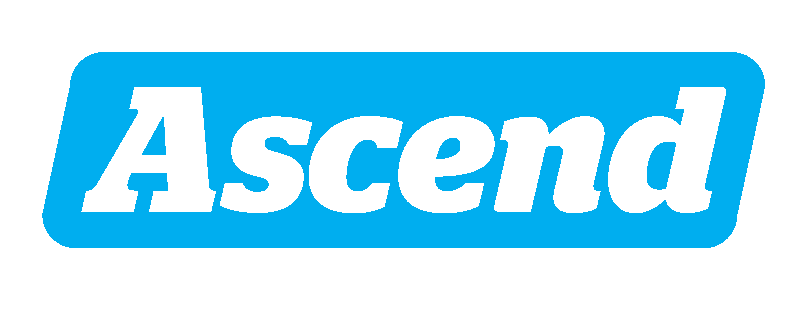By: Thomas Stahura
When Microsoft released Visual Studio Code in 2015, it quietly marked the start of a new era in software development. A decade later, the free and open-source code editor became the dominant platform for programmers, used by nearly three-quarters of developers worldwide.
It didn't take long for VS code to dominate the code-editor market. The product helped fuel Microsoft’s broader push into cloud services and artificial intelligence, tying together Azure, GitHub and, later, OpenAI. But as generative AI reshapes software development, startups built on top of VS Code are now turning into competitors.
In 2015, I was building Minecraft mods in Eclipse. A year later, my AP computer science class and robotics team (shoutout Team 1294!) switched to VS Code. I stuck with it for the next eight years, along with most of the developer world. Today, 73% of programmers use VS Code. At least, I did too — until last year.
So if VS Code is free and open source, how does it make money?
IDEs are big business, especially for a software giant like Microsoft. Sure, they don’t make money from the IDE itself, but the developers that use it are the fuel for spending on cloud services like Azure, generating tens of billions of dollars for Microsoft. When bundled with Github, which Microsoft acquired for $7.8 billion in 2018, and integrated into VS Code, the world's most popular IDE, it's easy to see how Azure and the cloud is Microsoft’s main money maker today.
Former CEO Steve Balmer was correct when he thundered the famous “Developers! Developers!! Developers!!!” line at Microsoft’s developer conference in 2005.
Twenty years later, Satya Nadella said Microsoft evolved into “a platform company focused on empowering everyone with AI.” That evolution began in 2019 when Microsoft made its first billion-dollar investment in OpenAI. Early models like GPT-2 showed potential with generating code. And GPT-3 proved to be an expert at writing boilerplate code. In 2021, months before OpenAI’s ChatGPT debut, Microsoft launched Github Copilot and bundled it with VS Code.
At $20 per month, it isn't cheap, but it was given away to students for free. It was an early product and an obvious game-changer for programming. The consensus at the time was that Microsoft, owning Azure, Github, VS Code, and 50% of OpenAI, would dominate the emerging AI IDE industry.
In hindsight, that couldn’t be further from the truth. The entire tech landscape saw the value of generative coding. Millions of developers started using it every day. Companies will brag about the percent of its code that is AI generated. And AI coding was rebranded as Vibe Coding.
Developers began forking VS Code en masse (approximately 32,000 times) to build their own separate IDEs. Companies like Cursor and Windsurf reached billion-dollar valuation in the past two years, and countless others like Pear AI have raised millions and got into YC — all off the back of Microsoft and VS Code.
The culmination of this forking frenzy came with OpenAI’s acquisition of Windsurf earlier this month. Think about it: Microsoft owns VS Code and half of OpenAI. Windsurf forks VS Code and is acquired by OpenAI. Microsoft now technically owns half of Windsurf, a competitor built on top of its own product. This feels like the final nail in the coffin for the Microsoft-OpenAI partnership.
Yesterday, in response to the acquisition, Satya announced it is open-sourcing Github Copilot. Probably in an attempt to eliminate the viability of the many VS Code fork startups.
How that will play out remains to be seen. However one thing is for sure: AI coding is the current killer use case for generative AI. The model makers are racing to saturate the coding benchmarks.
P.S. If you have any questions or just want to talk about AI, email me! thomas@ascend.vc

